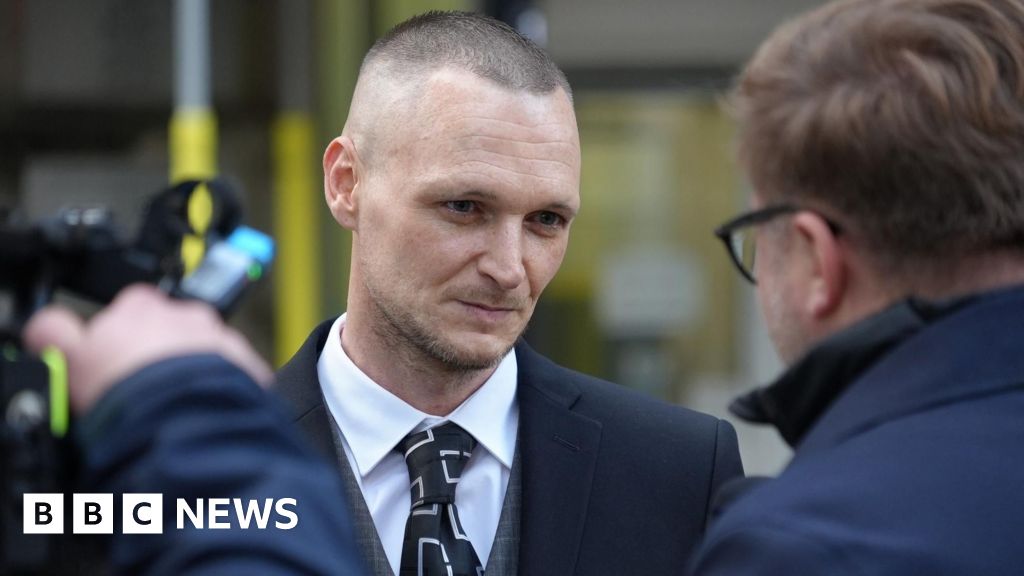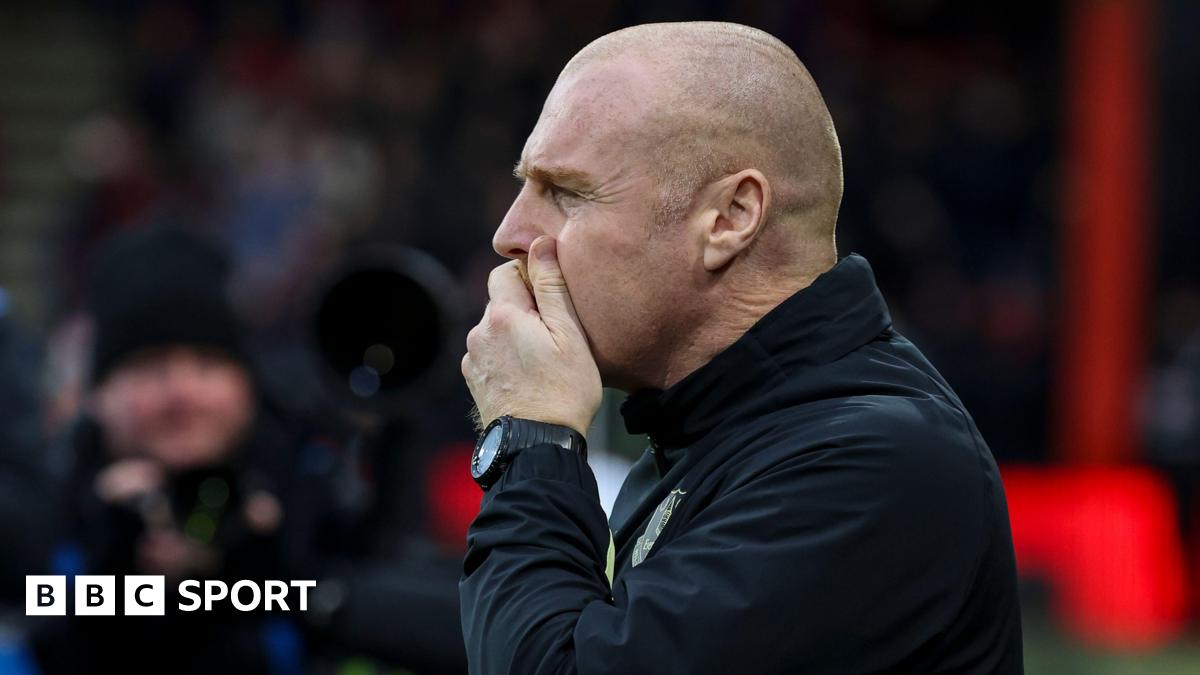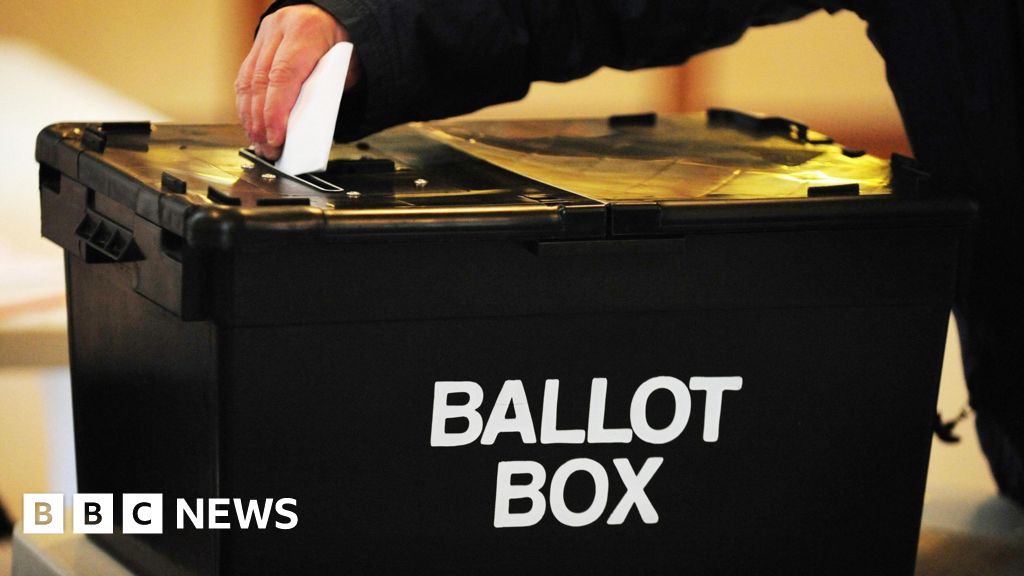Alec Baldwin "played make believe with a real gun and violated the cardinal rules of firearm safety" on the day of the fatal shooting on the set of his Western film Rust, a court has heard.
Special prosecutor Erlinda Johnson made the statement as she opened the case against the Hollywood star in Santa Fe, New Mexico, on Wednesday.
But the defence team presented a different picture, saying cinematographer Halyna Hutchins' death was "an unspeakable tragedy" - but Baldwin "was an actor, acting" and "committed no crime".
During day one of the trial, jurors were also shown footage of medics desperately trying to save the cinematographer, described as a "vibrant 42-year-old rising star", and treat director Joel Souza, who was also wounded. Clips of Baldwin on set beforehand and in the aftermath were also shown.

The 66-year-old is charged with involuntary manslaughter and has pleaded not guilty, always maintaining he did not pull the gun's trigger and was not responsible for ensuring safety on set.
And the critical question that really needs to be answered, say his lawyers, is how the live round ended up there in the first place. The court later heard from a crime scene technician, who says she believed she recovered six live rounds in total from the set.
The high-profile trial will delve into gun safety and star power on a low-budget Western movie, which was being filmed on the remote Bonanza Creek Ranch set when the tragedy took place in October 2021.
Baldwin, whose is on trial under his real name, Alexander Rae Baldwin, faces up to 18 months in prison if he is found guilty. He was supported in court by his wife, Hilaria, and brother Stephen, who is also an actor, along with other friends and relatives.
In her opening statement, Ms Johnson told jurors the actor requested "the biggest gun available" before arriving on set.
Baldwin was 'reckless', says prosecutor

"The evidence will show that someone who played make believe with a real gun and violated the cardinal rules of firearm safety is the defendant, Alexander Baldwin," she said.
The Rust set was a workplace, she emphasised. "The evidence will show that like in many workplaces, there are people who act in a reckless manner and place other people in danger. That, you will hear, is the defendant."
Prosecutors say they will present evidence to show Baldwin went "off script" and failed to follow basic industry standards for firearms safety.
Testimony from experts will also delve into the mechanics of the weapon and whether it could have fired without a trigger pull - which prosecutors say is impossible.
"That gun the defendant had asked to be assigned worked perfectly fine as it was designed," Ms Johnson said.
'You've all seen gunfights in movies'

However, in his opening statement, Baldwin's lawyer Alex Spiro told jurors the star behaved exactly as actors always do. "I don't have to tell you any more about this, because you've all seen gunfights in movies," he said.
"On a movie set, safety has to occur before a gun is placed in an actor's hand," Mr Spiro added.
Baldwin, who was unaware the gun contained a live round, has claimed it fired accidentally after he followed instructions to point it toward Ms Hutchins, who was behind the camera.
Mr Spiro reiterated to the court several times that the responsibility for safety did not lie with him. Instead, he said, it was the job of the film's armourer, Hannah Gutierrez, who was convicted of involuntary manslaughter following a separate trial earlier this year, and assistant director David Halls, who pleaded no contest to negligent use of a deadly weapon in 2023.
Please use Chrome browser for a more accessible video player
Baldwin had been told "cold gun" before getting the revolver, not knowing there was a live round in it, the court was told.
"It had been checked and double checked by those responsible for ensuring the gun was safe," Mr Spiro said.
"No actor in history" has "intercepted a live bullet from a prop gun," he said. "No one could have imagined or expected an actor to do that."
Santa Fe County Sherriff's officers were among those to give evidence during the first day of the trial.
Their testimony painted a picture of a chaotic scene, with a "bunch of people running everywhere".
The trial continues, and is scheduled to last for about eight days.
 (1).png)



















